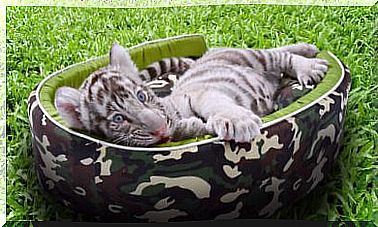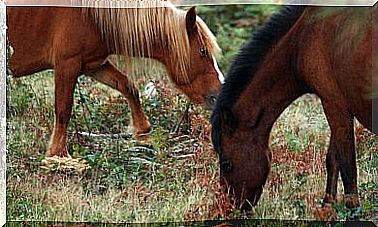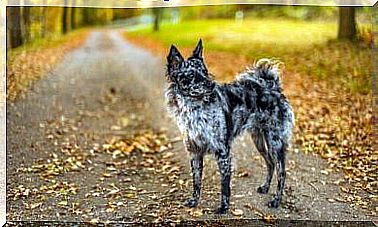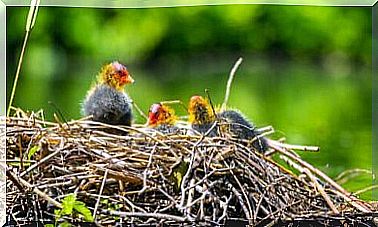What Do Lizards Eat?
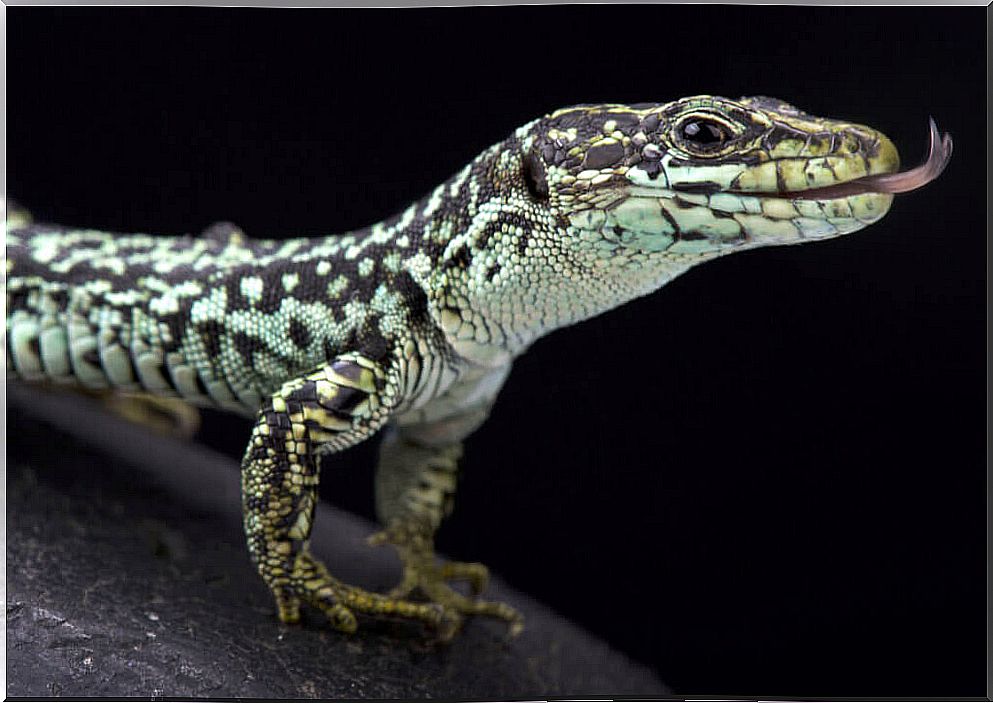
“Lizard” is a term that includes more than 3800 reptile species, almost all belonging to the Lacertidae and Gekkonidae families . As with any other animal, each species has different characteristics and needs, but when it comes to what lizards eat, most have the same food base.
These reptiles are insectivores and prefer their food to be alive when consumed. They are not attracted to dead animals, because in their natural habitat they are not scavengers. They are reptiles present in most ecosystems, especially tropical ones, but they also live in arid and dry areas.
How should lizards be fed?
The lizards nature is predatory and therefore their favorite activity should always be encouraged: hunting. In case you have one of these reptiles as a pet, it is important to encourage your hunting instincts with food that is alive.
This activity will help them keep fit and not get overweight. Obesity in domestic reptiles is easy to identify, as their abdomen grows beyond normal size – and that’s when you should reduce your food portions. Also, you should try to place small scattered prey in your terrarium every 3 or 4 days.
Remember that cleaning the space where the reptile lives is another essential aspect of its well-being. It is necessary to remove the dead prey that were not consumed and clean the water constantly to avoid the appearance of fungus or bacteria. Likewise, it’s important to keep in mind that not all lizards eat the same things and in the same amounts.
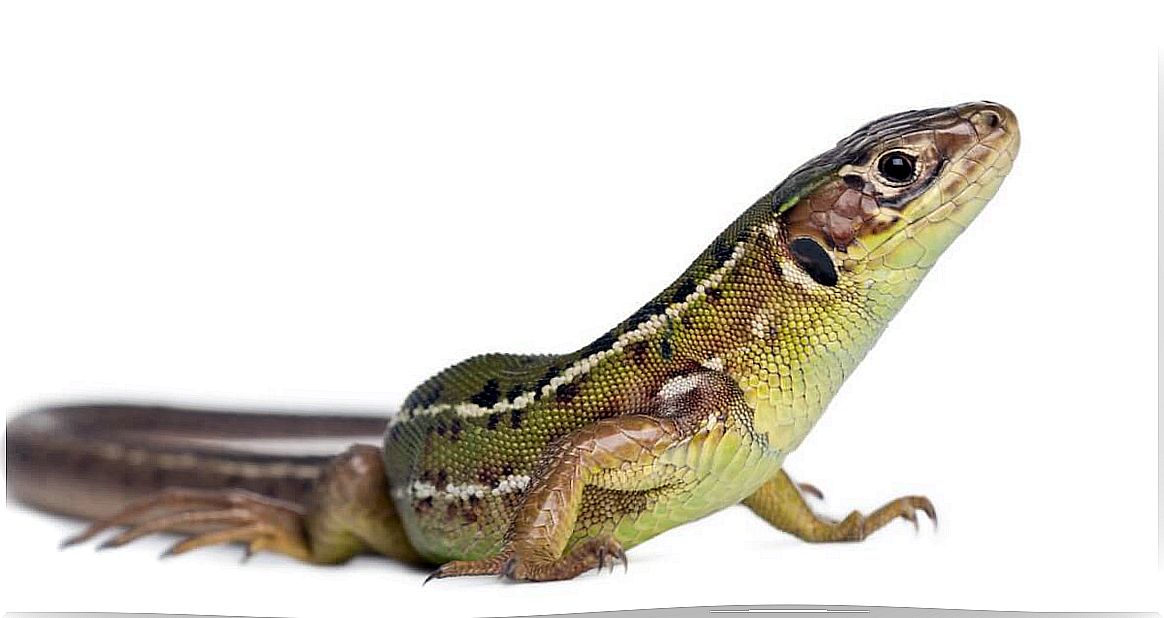
What foods do lizards eat?
First, it is essential to know the exact species of your lizard. Not everyone consumes the same insects and some have a predilection for specific ones, especially ants. However, it is also important to know the species of the reptile in case the animal presents complications in its health condition. A professional in the field can help you identify it.
Second, it is important to clarify that the food of these animals is proportional to their body size. This means that the smaller the lizard, the smaller its prey must be. In this way, the animal is prevented from choking, regardless of age or size.
From these 2 factors, it appears that among the insects preferred by these animals are flies, termites, worms, cockroaches, spiders and grasshoppers, among others. It has been observed that they have a predilection for flying invertebrates, as their hunting further stimulates their predatory instincts and physical activity.
As discussed above, it is important to keep the prey alive so that the lizard does not reject food and end up starving to death. Much to the relief of any guardian, these prey can now be found in pet stores. A stray insect should never be fed to a reptile as it may be infected with harmful chemicals.
Tips for raising lizards at home
In general, these animals are non-aggressive and very elusive. If you want a pet to pet and play with, you should always discard a reptile. Despite this, with the necessary care and attention, many lacertidae can be a companion for a long period of time. Here are some tips for your care:
- There are already species of worms and crickets that are specially bred to serve as food for lizards and geckos. Don’t look for invertebrates on your own.
- If you consider a reptile to be your ideal pet, make sure your species is not in danger of extinction. Go to an authorized pet store to learn about the most common species to keep at home.
- It is not advisable to give vegetables or fruits to certain species as this will severely affect your digestive system. Likewise, dispose of leftover food in all cases: lizards do not metabolize food for human consumption.
- If your lizard lives in an open environment, it is advisable to leave the food in a flat container in a sheltered area. The animal will look for food when it finds it necessary.
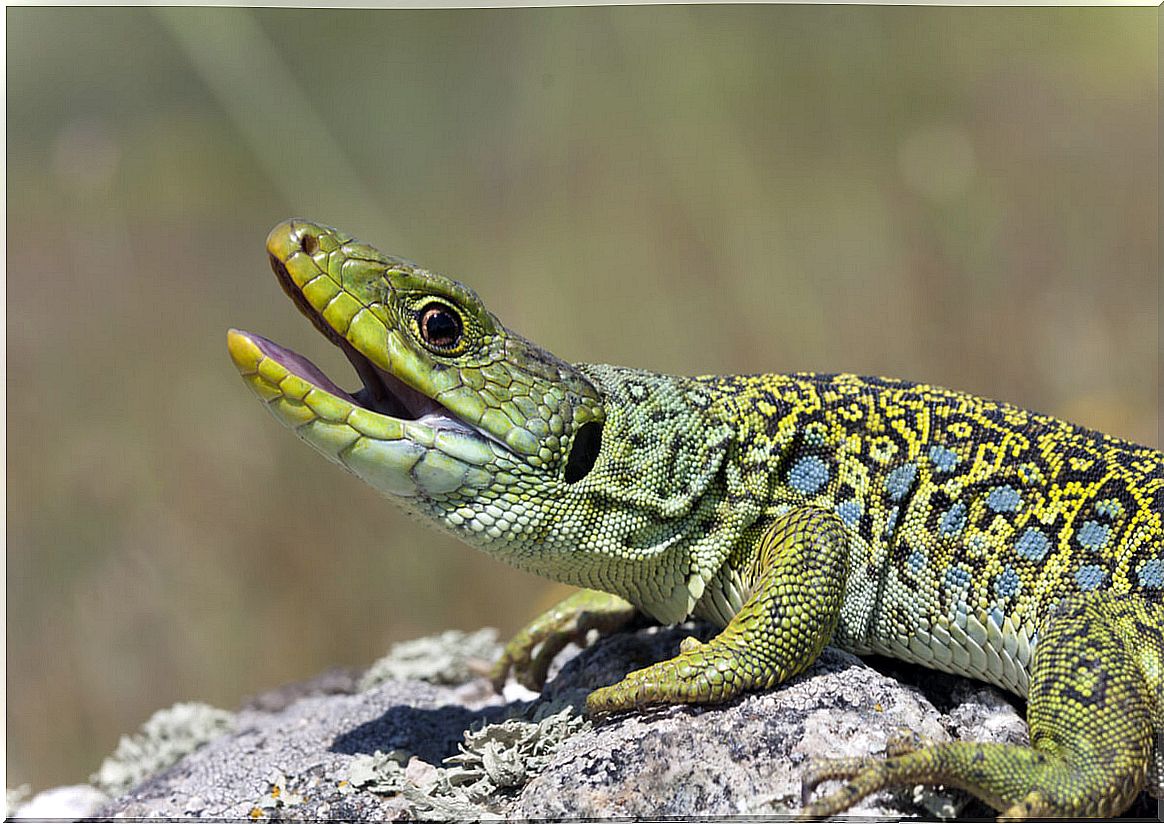
As you can see, lizards are harmless animals that don’t require a lot of effort to maintain. Once you’ve identified what the lizards in your care are eating, you just need to sanitize the captive environment so that it’s always clean. Remember that the regulation of humidity and temperature for each species are also important factors.



